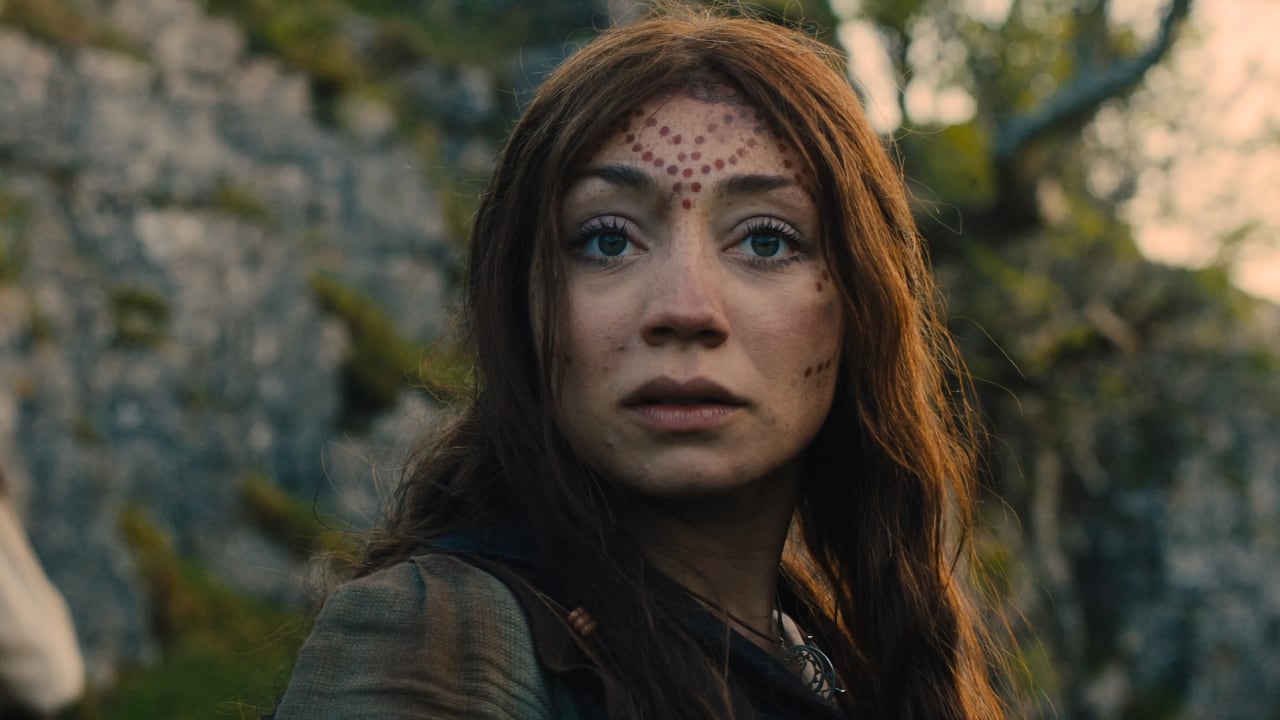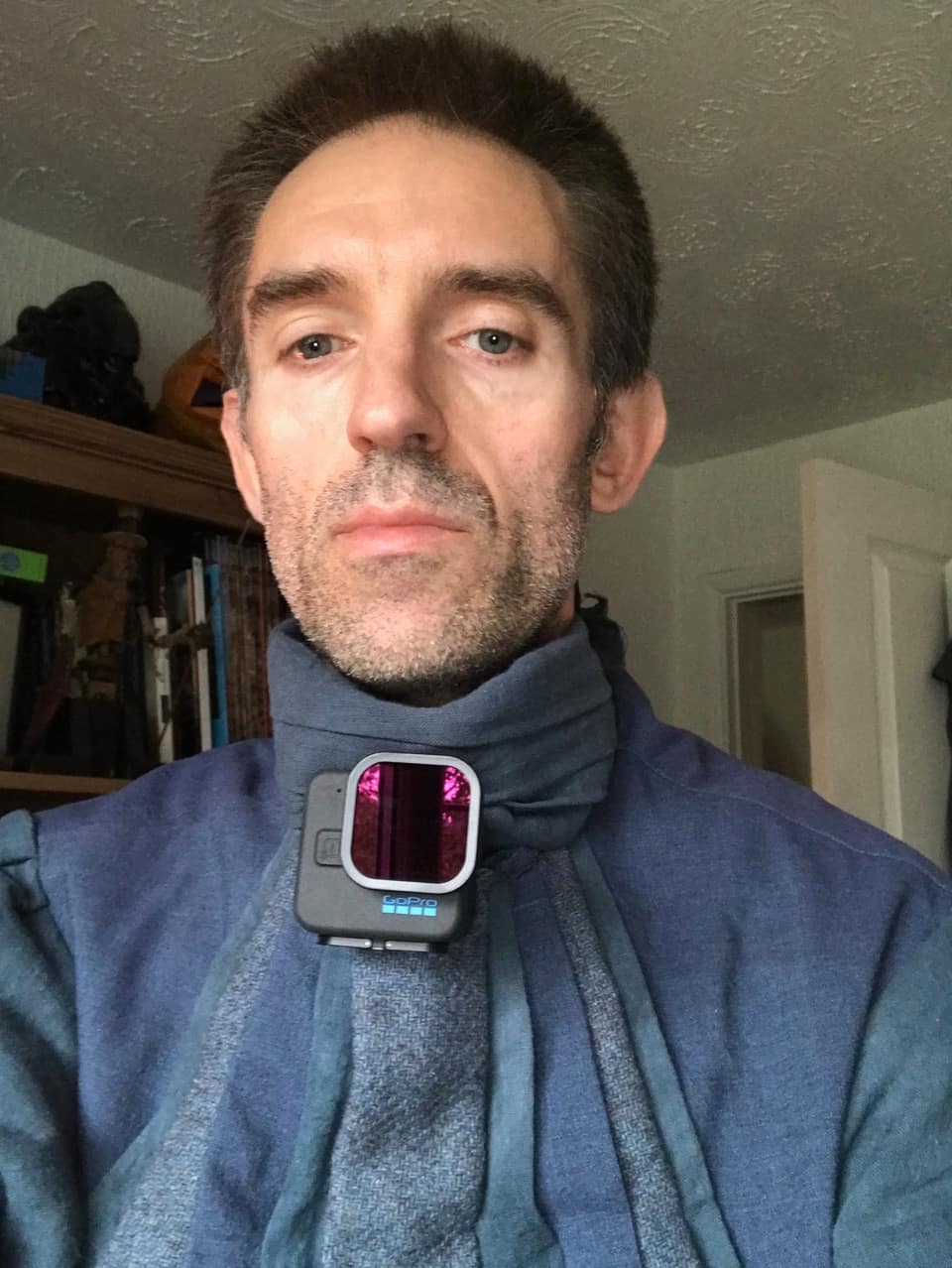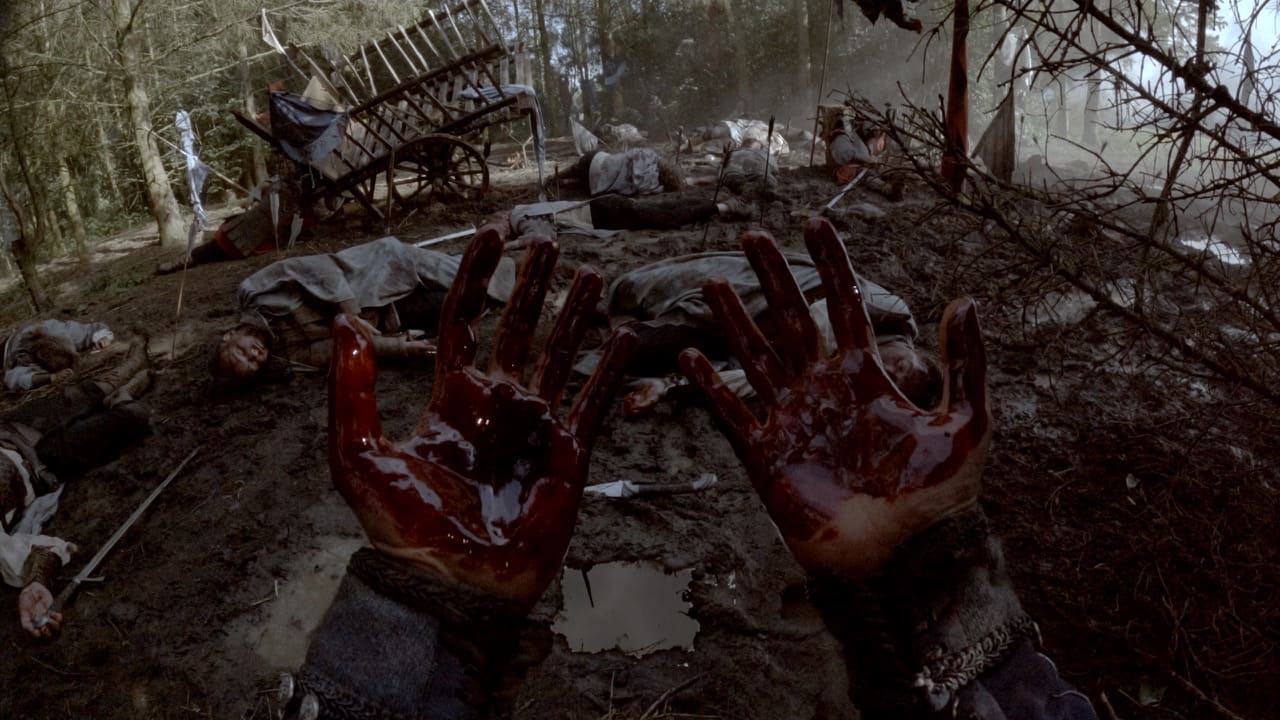
GoPros may be aimed at recording sport, but the latest models have capabilities which make them suitable for certain more cinematic applications, as DP Neil Oseman discovered.
GoPros have always been firmly in the category of non-cinematic cameras in my mind, not really on my radar for drama projects. This changed recently with the second season of Ren: The Girl with the Mark, a fantasy-adventure series in which the lead character starts seeing bits of someone else’s memories. We knew from the start that these memories would have a different look to the rest of the series (which is shot on an Alexa Mini with Cooke Classic S4 glass), and that they would be captured entirely in POV. We had to see “our” hands in frame at a few points, and the scene ends looking into a puddle and seeing “our” reflection.
The director suggested using a GoPro from the start, but I resisted, instead pushing for a Blackmagic Pocket Cinema Camera mounted on a helmet rig, even though it meant digitally replacing the reflection. The results were all right but not brilliant. Even with a 14mm lens, “our” hands felt too close due to the BMPCC and lens sticking out quite far from the operator’s face. So when - for multiple reasons - we decided to reshoot the scene, I knew that a different camera system was necessary.
A quick test on my ancient iPhone showed that it could easily be hidden in the collar of the costume and would need minimal painting out in the reflection. The latest iPhones, of course have Cinematic Mode, which I investigated, but it just looked too processed, especially the fake depth of field effect.
So, having read his article about getting cinematic results with a GoPro, I reached out to RedShark’s very own Simon Wyndham to pick his brains. He kindly shot some test footage for me and provided me with numerous tips, off the back of which I decided to shoot on a Hero 11 Mini.
Configuring the Hero II Mini for drama

Neil testing the GoPro rig before filming
As a DP working in drama, there are certain basic things I expect from a camera. First and foremost, I want to set my own exposure. Nothing automatic. I use a light meter, so I want to be able to take a reading on set, input those settings to the camera and be confident that the image will be correctly exposed. Secondly, I want the most gradable image possible - so a nice flat log recording, a big colour space and a high bit-rate. The Hero 11 has a 10-bit colour option, and full control of the settings is possible via two apps.
The GoPro Quik app has the main controls and lets you monitor the image wirelessly. On the Pro Tune page you can set your shutter speed and limit your ISO to a certain range. In my case, I set both the minimum and maximum ISO to 800 so it wouldn’t change.
GoPros have a fixed aperture of f/2.8. I was very keen not to have the tell-tale action-cam look of a high shutter speed, so I set the shutter to 1/50th in the app (I was shooting at 25fps) and used a set of Yallsame ND filters to control the exposure. Even with these, the tiny sensor means the depth of field is still enormous, but I was happy to accept this limitation.
Following Simon’s advice, I set the sharpness to low and the resolution to the maximum 5.3K. I chose to diverge from his advice regarding Hypersmooth, which I was very keen to keep off. The raw dynamics seemed appropriate for this particular scene.
The second app you need for complete control over the GoPro is the third party QRControl. This allows you to type in commands which generate a QR code. Hold the code in front of the GoPro, wait for the beeps, and the settings are updated. The only commands I used were !MBITR=180 to set the minimum bitrate to 180Mbps and !MNR01=1 to put the noise reduction on its lowest setting, but there are many others you can play with.
Setting the noise reduction low gives more shadow details, and I have to say I didn’t mind the resulting noise too much; it added some grit to the scene which was quite fitting. Similarly, I embraced the distortion of the very wide lens, which almost gives the look of an old anamorphic lens when cropped to 2.39:1. Note that at 5.3K the ND filter caused a vignette, but this was easily cropped out of my final widescreen image.
"It’s pretty impressive what a camera that small can do."

A rough grade of the finished effect
At the time of writing the sequence has yet to be properly graded, but from what I’ve seen so far, I would definitely consider GoPros for quirky POVs and action-cam work in future drama productions. As long as you can accept the large depth of field, everything else can be adjusted to your needs - shutter speed, ISO, noise reduction, and image stabilisation. Even the lens distortion is easily removed in post if you want. Of course, it’s a tiny sensor and a lossy recording, so there are always going to be limitations, but it’s pretty impressive what a camera that small can do.
Tags: Production Action cameras


Comments